Unboxing: Strix GeForce GTX 980 And Compared To GTX 780 Ti, Matrix R9 290X
With four new world records already under Strix GTX 980's belt, the coming few weeks should get interesting as we keep an eye on all the new benchmark results recorded with this card. Built on Nvidia's acclaimed 2nd-gen Maxwell architecture with customized ASUS components and DirectCU II cooling system, this video card is a GeForce to be reckoned with.
Let's pop the bonnet to see what's roaring inside, and then compare the differences between the Strix GTX 980 and its predecessor - the ASUS GTX 780 Ti DirectCU II - and the widely-popular Matrix R9 290X Platinum.
[gallery include="" size="medium" link="file" template="file-gallery" columns="2"]
The anticipation of opening a brand-new high-end video card is never without a bit of suspense and a whole lot of OOOOHs and AAAAHHHs. Strix GTX 980 is indeed no different.
[gallery include="" size="medium" link="file" template="file-gallery" columns="2"]
When opening it up, keep the box and its contents in pristine condition, because it's simply too beautiful to be ravaged.
[gallery include="" size="medium" link="file" template="file-gallery" columns="2"]
Inside the box you will find a well-protected Strix GTX 980 graphics card, user's guide, software CD, metal customization stickers, and a power cable.
ASUS' high-end graphics cards are perennially the popular choice among PC enthusiasts, when you take out the card out of the box you can already get a sense of why that is. This beast isn't just filled with quality components, the whole package certainly feels premium. It is immediately obvious that the gargantuan DirectCU II heatsink is 220% larger than reference, with ultra-phat 10mm copper heatpipes all encased in a metal shroud (not plastic).
One of the key features of the Strix GTX 980 is the 0dB Fan Technology, which keeps the fans off unless the GPU temperature reaches ~65ºC. Paired with the huge heatsink and the amazingly efficient new Maxwell chip GM204, that threshold won't be reached easily. When you run a benchmark (as you normally would do every time you get new hardware) then the twin fans will kick in whenever needed, even then, you can hardly hear them! DirectCU II technology makes the card 30% cooler and three times quieter, unless you're playing a game involving turbines, get the fan noise out of the game. At the rear of the PCB is the gorgeous brushed-metal ASUS back-plate, featured there intentionally since that is usually the side showing. There are five choices of outputs: DVI, HDMI 2.0 and three DisplayPort 1.2 (four of which can be used concurrently).
[gallery include="" size="medium" link="file" template="file-gallery" columns="2"]
[gallery include="" size="medium" link="file" template="file-gallery" columns="2"]
This card comes factory-overclocked to make you go faster than blazingly-fast. It is clocked at 1,279MHz (4.5% boost from 1,178MHz), with 4GB of GDDR5 RAM operating at 7,012MHz (effective) on the 256bit memory bus. The 2048-core GPU is fed by the DIGI+ VRM with a 10-phase power design, high-quality super-alloy capacitors and chokes. ASUS has not factory-overclocked aggressively, much thought has been put into a balanced design, focusing on minimizing under-load noise and heat, while also improving power efficiency, although if you choose to overclock some more (of course you do, and not just some), there is still plenty of headroom; enough to please the most extreme enthusiast - as proven by those 3DMark records. In other words, ASUS didn't just slap on a chunky heatsink then push the clock speed up as high as possible. The PCB is very similar to the Strix 970.
[gallery include="" size="medium" link="file" template="file-gallery" columns="2"]
This dual-slot card is 288.6mm x 134.4mm x 40.9mm in size. There is plenty of power overhead from the 6-pin and an 8-pin power connectors.
[gallery include="" size="medium" link="file" template="file-gallery" columns="2"]
If you compare the Strix GTX980 (bottom) and the GTX 780 Ti (top), you can see they are almost identical in size. Both have brushed-metal backplates and metal shrouds, the heatsinks and heatpipes are kept in the same format since it works so well. While the GTX 780 Ti used two 8-pin connectors, the Strix GTX 980 only requires a 6-pin and an 8-pin due to the efficiency of new technology.
[gallery include="" size="medium" link="file" template="file-gallery" columns="2"]
The GTX 780 Ti has 2 DVI ports, 1 HDMI port and 1 DisplayPort, this time the GTX 980 has opted to go with 1 DVI port, 1 HDMI port and a trio of DisplayPorts, making it suitable for G-Sync surround if you wanted to use three PG278Q's together!
[gallery include="" size="medium" link="file" template="file-gallery" columns="2"]
Physically the ASUS ROG Matrix Platinum R9 290X measures 290.718 X 152.4 X 40.6 mm, the GTX 980 is 288.6mm x 134.4mm x 40.9mm in size, so the ROG R9 290X is slightly longer and taller.
The ROG theme sets the Matrix Platinum apart visually from the Strix, along with its ROG colour-coded load indicator, actively displaying how much load the GPU has. This is unique to the ROG hardware.
[gallery include="" size="medium" link="file" template="file-gallery" columns="2"]
All three cards are similar in size; they all utilize the DirectCU II cooling system for superior cooling, and they are all quality high-end cards with killer-looks.
Here's ASUS GTX 780 Ti DirectCU II, Strix GTX 980 DirectCU II and ROG Matrix R9 290X Platinum side by side so you can see how they compare.
Author
Popular Posts
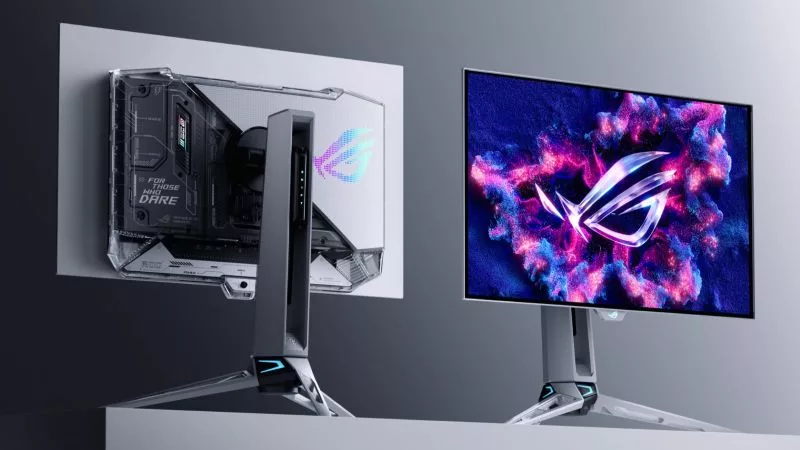
Prepare for Tandem OLED splendor with these new ROG gaming monitors

How to adjust your laptop's P-Cores and E-Cores for better performance and battery life

How to Cleanly Uninstall and Reinstall Armoury Crate
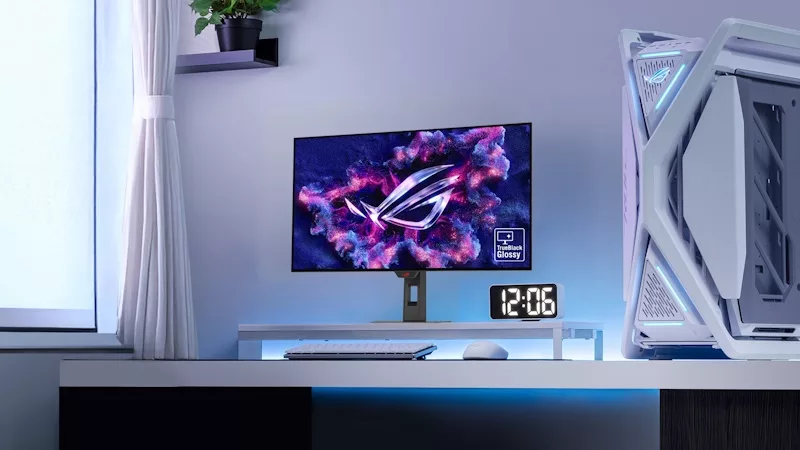
32-inch glossy WOLED panels debut in the ROG Strix OLED XG32UCWMG and XG32UCWG gaming monitors
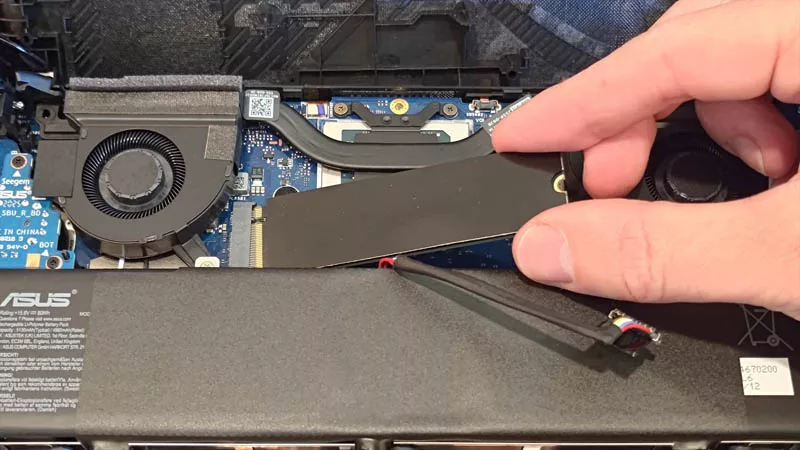
How to upgrade the SSD and reinstall Windows on your ROG Ally, ROG Xbox Ally, or ROG Xbox Ally X
LATEST ARTICLES

Hands-on: The ROG Raikiri Pro took my couch gaming to the next level
I've been a diehard PC gamer all my life, but I often play on the couch. The ROG Raikiri Pro has improved my living room PC gaming immeasurably thanks to a few useful features and loads of customizability.
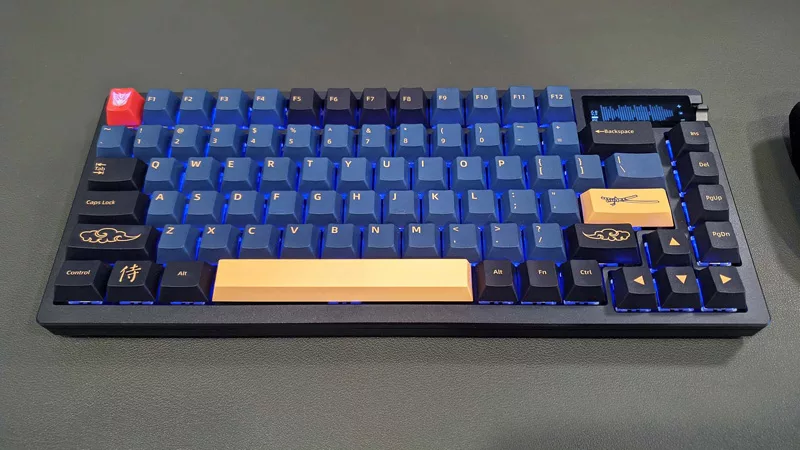
Hands-on: The ROG Azoth became the canvas for the keyboard of my dreams
Ever since I bought my first mechanical keyboard, I’ve been on a mission to mod and upgrade, mod and upgrade. But I think the ROG Azoth may actually be my endgame.
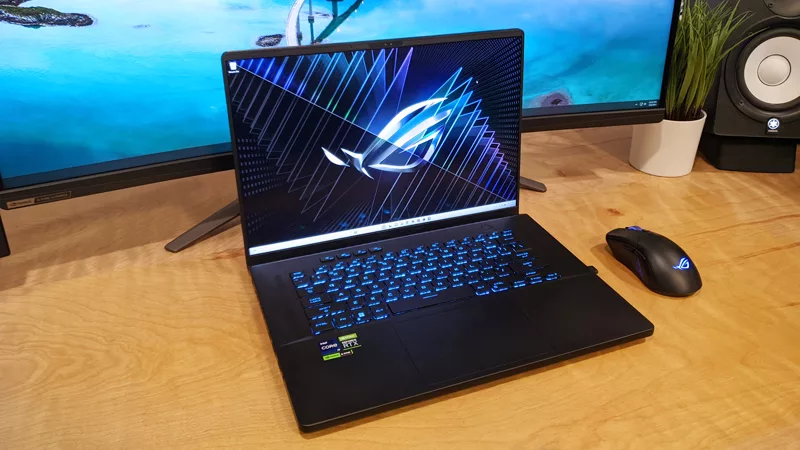
The Zephyrus M16 blends outstanding HDR gaming performance with undeniable luxury
The new ROG Zephyrus M16, with its Nebula HDR display, is like bringing a high-end home theater gaming setup with you wherever you go.
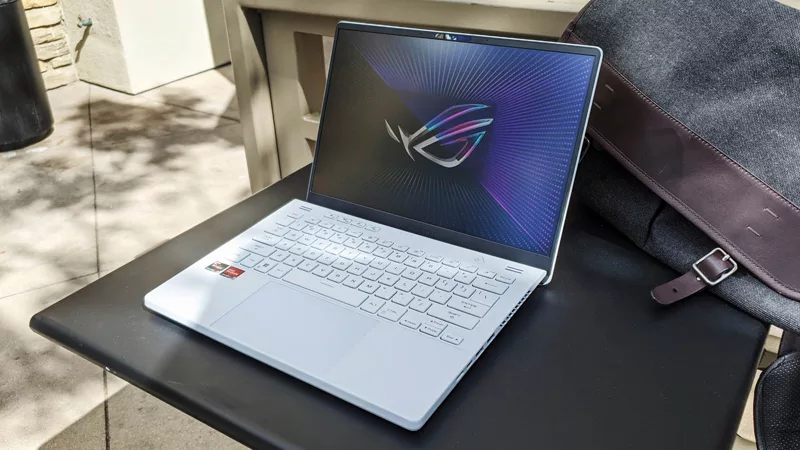
Radeon graphics and a stellar new display reinvigorate 2022 ROG Zephyrus G14
For a long time, I had to choose between underpowered ultraportable laptop and large laptops capable of gaming. But the ROG Zephyrus G14 puts admirable gaming chops into an ultra portable machine that travels anywhere.
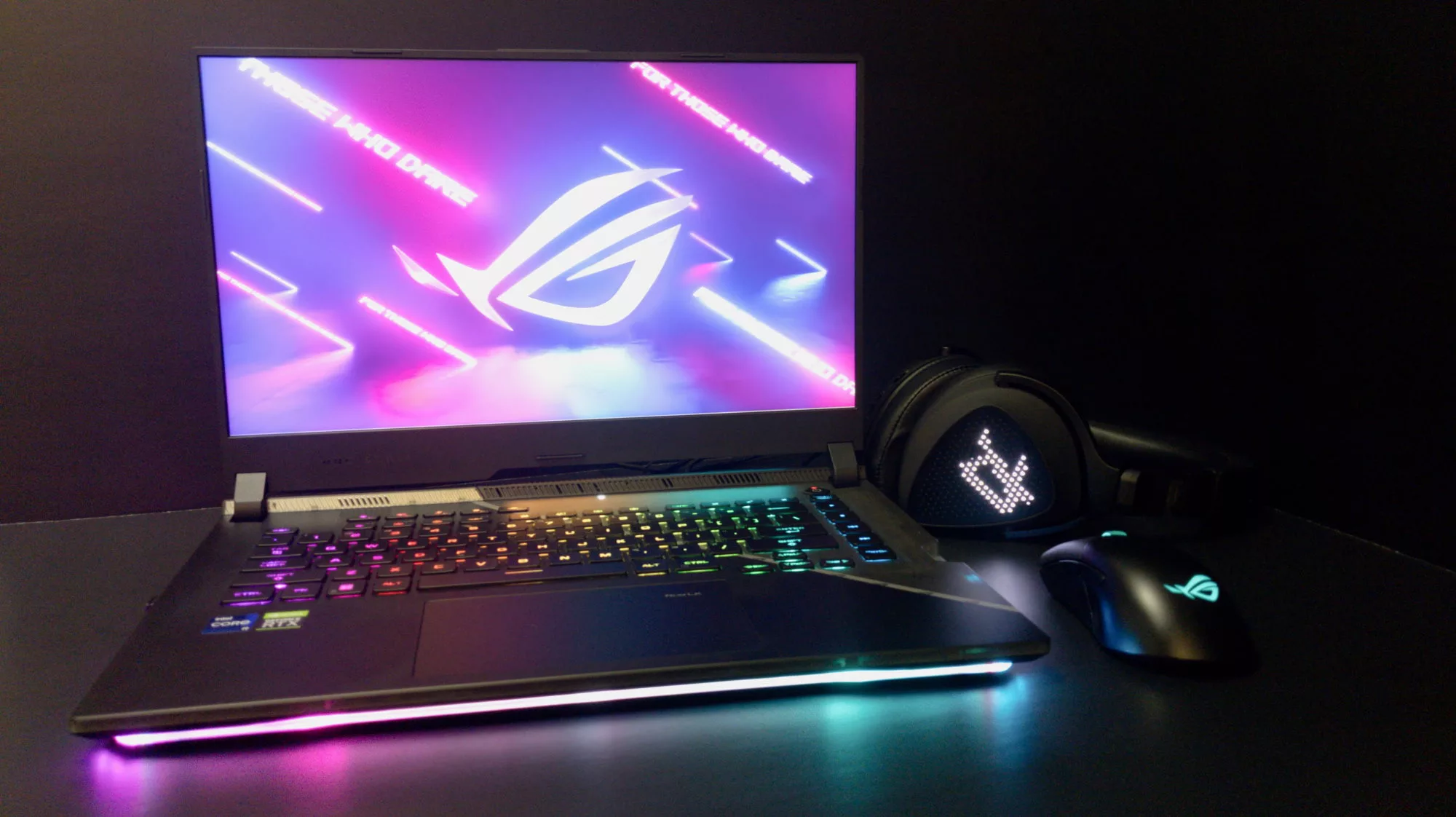
Ready to rumble out of the box: Hands-on with the ROG Strix SCAR 15
Living on the move or in a smaller space isn't a roadblock to high-end gaming. The ROG Strix SCAR makes portable powerful.
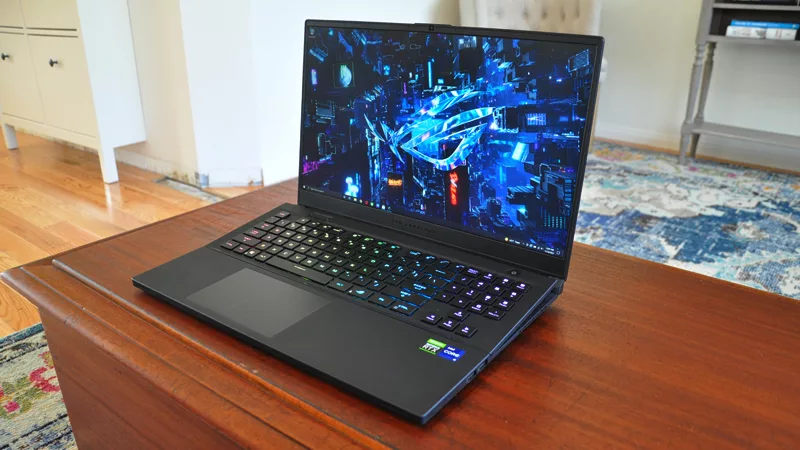
The ROG Zephyrus S17 is an outstanding mixture of power and portability
The S17 has it all: top-tier hardware in a slim package with all the bells and whistles.



